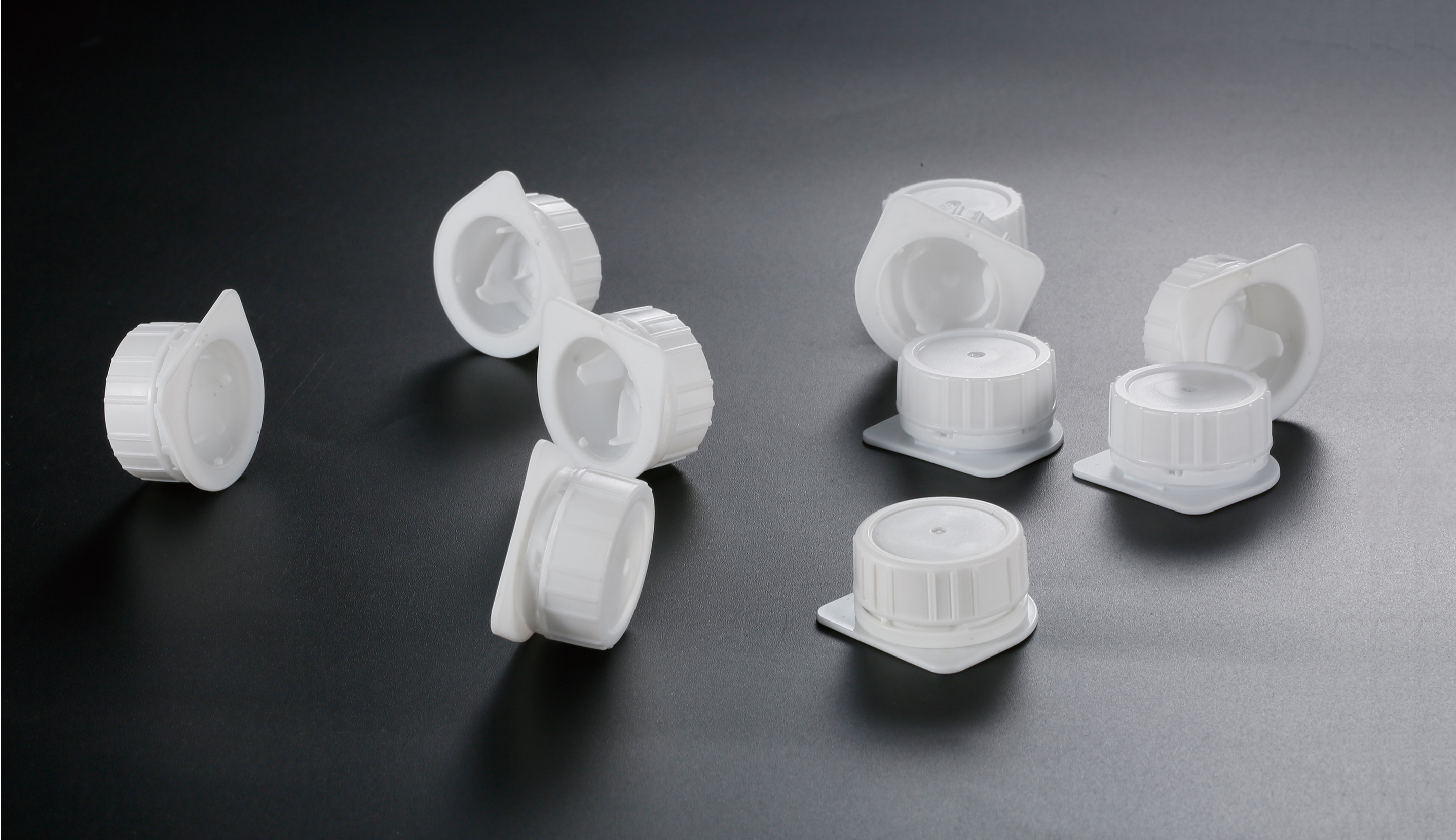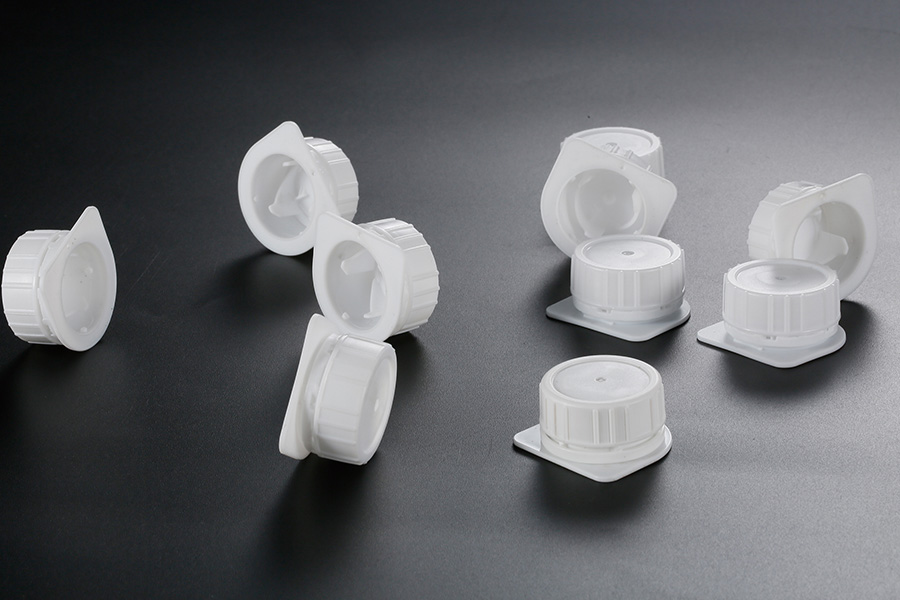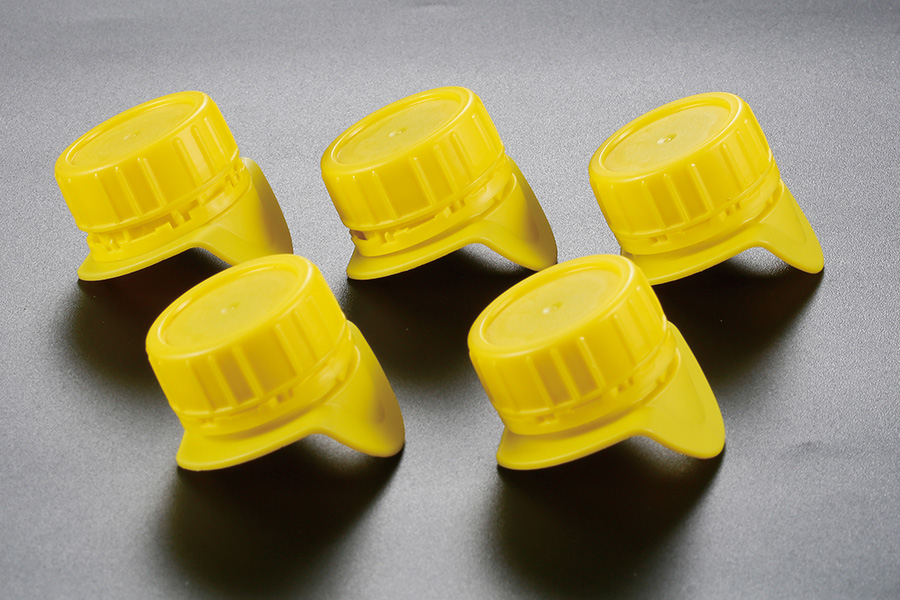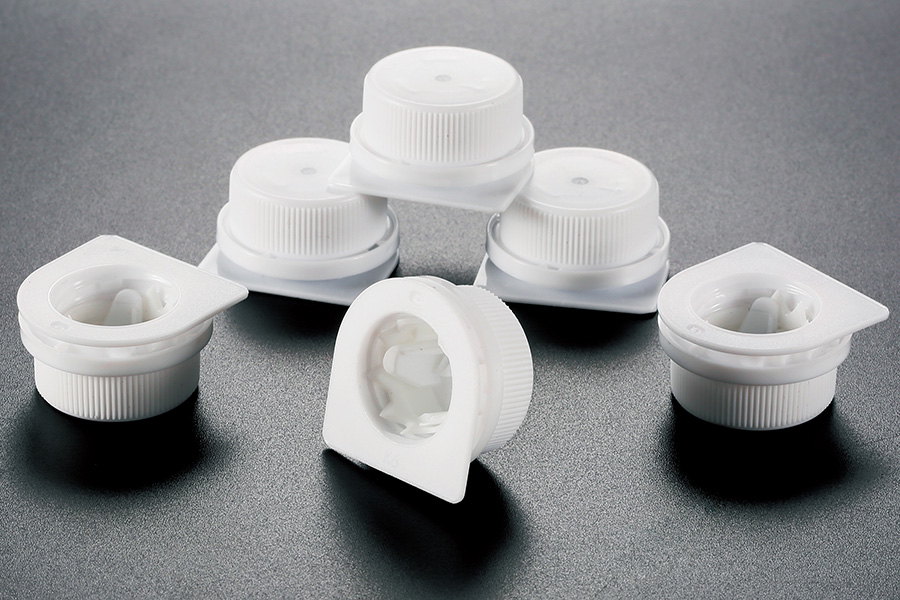Concerns about sustainability are shaping the way packaging products are designed and manufactured. The use of an Environmentally Friendly Plastic Bottle Cap and the development of an Easy-Open Plastic Bottle Cap show how material choice can balance environmental responsibility with consumer convenience. Understanding what materials are applied in these caps helps both businesses and consumers make informed decisions about packaging that meets modern expectations.
Commonly Used Recyclable Plastics
One of the primary materials used in environmentally conscious caps is recyclable plastic such as polyethylene (PE) and polypropylene (PP). These polymers are widely used because they can be collected, reprocessed, and converted into new products after their initial use. The recycling process reduces demand for virgin materials and lowers the environmental burden associated with extraction and production. Caps made from such materials can be repurposed into other packaging components, construction materials, or household goods, ensuring that the material cycle continues.

Bio-Based Alternatives Emerging in Packaging
In recent years, bio-based plastics have gained attention as a way to reduce dependence on fossil fuels. These materials are derived from renewable sources such as corn starch, sugarcane, or other plant-based raw inputs. For bottle caps, bio-based plastics provide similar functionality to traditional plastics while contributing to lower carbon emissions during production. When applied to environmentally friendly caps, they can help businesses align with growing sustainability regulations and consumer preferences.
Durability as Part of Material Selection
While the environmental profile of a material is important, the cap must also withstand daily use. Durable plastics prevent cracks, leaks, and deformation during repeated opening and closing. This aspect is particularly important when paired with easy-open designs, as consumers expect smooth operation without compromising the safety of the contents. Materials are therefore chosen to provide both resilience and flexibility, ensuring that the cap performs consistently throughout its intended lifespan.
Resistance to Chemicals and Temperature
Bottle caps often come into contact with a wide range of products, from beverages to cleaning solutions. Materials used in environmentally friendly caps are selected for their ability to resist chemical reactions and withstand varying storage conditions. Polypropylene, for example, has good resistance to moisture and many chemical substances, making it suitable for both food and industrial applications. Such resistance extends the usability of the packaging, reducing premature disposal and supporting waste reduction efforts.
Integration with Easy-Open Features
The choice of material also plays a role in ensuring that the Easy-Open Plastic Bottle Cap functions properly. A material that is too rigid may make the cap difficult to open, while one that is too soft may fail to maintain a secure seal. By selecting plastics with the right balance of strength and flexibility, manufacturers can create caps that open with less effort while still keeping the contents safe. This integration demonstrates how material science supports both convenience and sustainability in packaging design.
Lightweight Properties Supporting Sustainability
Reducing material weight without compromising performance is another factor considered in cap production. Lightweight plastics decrease the overall material used per unit, which not only lowers production costs but also reduces transportation emissions. Even small reductions in weight can have significant impacts when applied across millions of caps, contributing to energy savings and improved efficiency throughout the supply chain.
Looking Ahead at Material Innovation
Material innovation continues to evolve, with research focusing on biodegradable plastics, advanced recycling technologies, and hybrid materials that combine performance with environmental responsibility. The development of caps that are both environmentally friendly and easy to operate reflects this broader shift in packaging. As these materials become more accessible, consumers and businesses can expect packaging that delivers practical functionality while reducing environmental impact.


 English
English  русский
русский عربى
عربى



